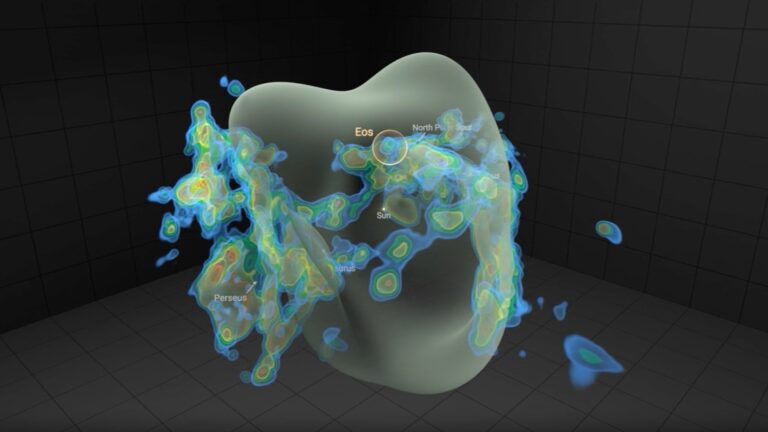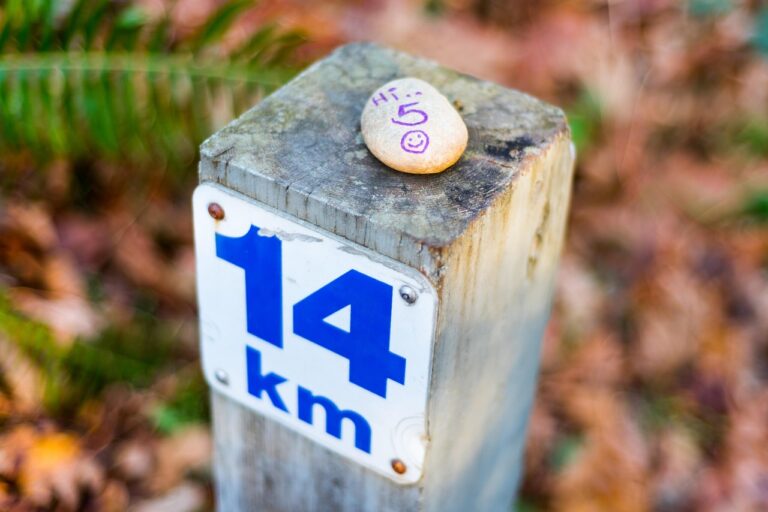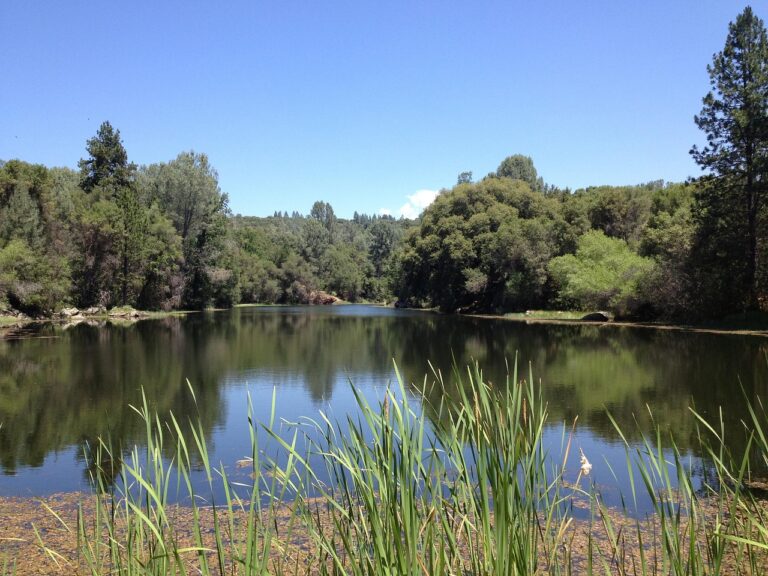This Aboriginal Site Might Be 20,000 Years Old—and It’s Aligned With The Stars – The Daily Galaxy
2025-04-19T11:30:00Z
A mysterious ring of ancient stones in Australia may predate Stonehenge—and it aligns perfectly with the sun. But what if these rocks also held the secrets of a lost astronomical tradition?
A rediscovered Aboriginal site in southern Australia may reveal astronomical insights older than those of Stonehenge, according to research led by astrophysicist Ray Norris and published by the BBC World Service in connection with the documentary Reach for the Stars – Aboriginal Astronomy.
Where Science Meets Story: The Rediscovery Of Wurdi Youang
Nestled in the grasslands of Victoria, the Wurdi Youang stone arrangement forms an egg-shaped ring nearly fifty meters wide, composed of more than a hundred basalt boulders.
This structure, although recorded by archaeologists in 1977 and known to European settlers for over two centuries, has only recently begun to yield its secrets.
The site is believed to have been constructed by the Wadda Wurrung people, whose ancestral knowledge was largely lost during the cultural suppression of the early 20th century.
When The Stones Followed The Sun
A new multidisciplinary team combining archaeologists, astronomers, and Aboriginal advisors used NASA technology to meticulously measure the stones’ positions. Their findings suggest that the alignment of the stones is no coincidence.
Waist-high boulders at the tip of the egg shape align precisely with the points on the horizon where the sun sets during the summer and winter solstices. Furthermore, the central axis of the ring points towards the setting sun at the equinox, when day and night are of equal length.
Unlike Stonehenge, where the solstices align through gaps between vertical stones, the Aboriginal site uses the natural slope and alignment of grounded rocks. The statistical likelihood of such a layout occurring by accident is described by Prof. Norris as “minuscule.”
Credit: BBC World Service
How Songlines Reveal Ancient Astronomical Thinking
Stories from multiple Aboriginal groups across Australia include a recurring celestial figure: the Emu in the Sky. Not a constellation in the Western sense, this figure is outlined by the dark spaces in the Milky Way. Its appearance in April and May traditionally signaled the time for gathering emu eggs, linking storytelling directly to ecological behavior and seasonal cycles.
In an extraordinary visual metaphor, a rock carving in Kuring-Gai Chase National Park near Sydney replicates the emu’s form as it appears in the sky during southern autumn. When the constellation is overhead, the engraved shape on the ground almost perfectly mirrors its celestial counterpart.
Stories That Explain Eclipses—and The Universe
The intellectual complexity doesn’t stop with the stars. Among the Walpiri people in the Northern Territory, one oral tradition explains a solar eclipse as a moment when the sun-woman catches up to the moon-man, becoming his wife. This poetic narrative encapsulates a sophisticated understanding: that eclipses occur when the moon passes in front of the sun.
As Prof. Norris emphasizes, this explanation predates Western scientific acceptance of the same concept by centuries, demonstrating not only knowledge but conceptual abstraction—a “giant intellectual leap,” as he describes it.
How Old Is Wurdi Youang?
While exact dating of the Wurdi Youang structure remains pending, estimates range widely—from 200 years to possibly 20,000 years. The stones’ deep entrenchment in the soil suggests great age, but final confirmation will come only after soil samples beneath the rocks are tested for last sunlight exposure.
Dating aside, Prof. Norris argues the structure’s significance lies in its intellectual implications: “But it is not quite as interesting to my mind as whether the Aboriginal people were doing real astronomy before British contact. That really tells us a lot about what kind of culture it is.”
Auto-posted from news source






